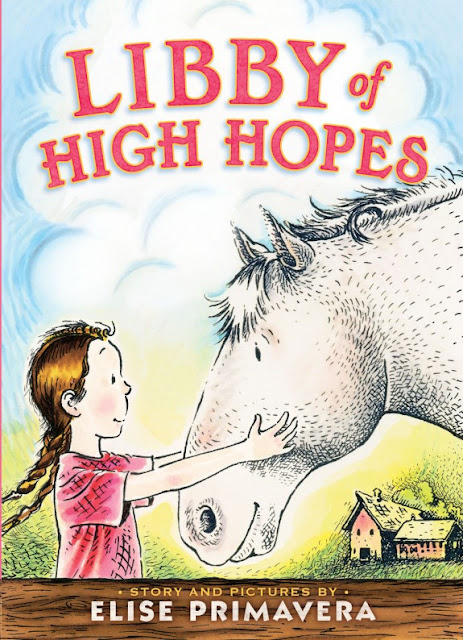
If you read my review of Stephanie Tolan's
Surviving the Applewhites and Applewhites at Wit's End, then you know that I will read anything with cover art by
Brett Helquist. Visiting his website and looking at the cover art (and often interior art) Helquist does for novels (he writes and illustrates his own picture books and the occasional book for other authors) I recognized many books from my own shelves as well as two of my favorites -
Listening for Lions by Gloria Whelan and
Fly By Night by the amazing Frances Hardinge. In fact,
The Rise and Fall of Mount Majestic by
Jennifer Trafton very much reminds me of a gentler, more playful, fairy tale-like version of Hardinge's fantastic book.
 The Rise and Fall of Mount Majestic
The Rise and Fall of Mount Majestic begins with a prologue by the book's author, Professor Barnabas Quill, Historian of the Island at the Center of Everything (washed, dusted, translated, edited and greatly shortened for the rest of the world by Jennifer Trafton, as the title page informs us). Professor Barnabas writes "There is a very good possibility that you will not believe a word I say. Alas, it is the risk all historians take. The truest things are often the most unbelievable." Quill writes of an idyllic island inhabitants call "(rightly or wrongly) the Island at the Center of Everything" that, naturally also had its troubles. However, certain events change things on this island forever. Quill invites the reader to, "take off your cloak of doubt, empty your pockets of all suspicions and jests, sit down before the roaring fire of my tale, and believe." Trafton is a magnificently imaginative writer and, as the passage above proves, she is also a lovely writer, if that doesn't sound too squishy. What I mean is that, not only does Trafton perfectly capture the fairy tale tone, from characters to setting to plot catalyst in
The Rise and Fall of Mount Majestic but she tells her story in a blithely intelligent, often poetic way that makes you stop and reread a line or passage, like the one quoted above, throughout the book. Add to this, Helquist's expressive, gentle, sometimes shadowy illustrations which are perfectly matched to Trafton's lovely writing and you have a book that should not be missed.

Mount Majestic, atop which the royal castle inhabited by the young King Lucas sits, rises and falls, very slowly, once a day. This is how it always has been and will be on the Island at the Center of Everything. That is, until Persimmony Smudge, a fatherless ten-year old with dreams heroism, throws a broom. The Rise and Fall of Mount Majestic is very interested in seemingly meaningless actions that set off a potentially catastrophic chain of events, and the broom toss is just the first - and the last. In a lovely turn, Persimmony finds herself sweeping up, happily this time, at the end of the book. The flying broom results in Persimmony lost in the Willow Woods and hiding in a hollow log while running from a poison-tongued jumping tortoise. When two Leafeaters, Rhedgrave Rhinkle and his uncle, Rhueben Rhinkle (Trafton is fantastic when it comes to names of people, places and things and The Rise and Fall of Mount Majestic is so gloriously full of her creation that there is a glossary at the end of the book) stop for a rest on that very hollow log (see illustration above) Persimmony gets an earful of intrigue that could mean the end of Mount Majestic and possibly the Island and all its inhabitants. While things don't go quite as planned, this information does lead Persimmony into the adventure she longed for.

To even begin to describe the plot of The Rise and Fall of Mount Majestic would be taking on a mountainous task. Trafton has peopled (but not crowded) her story with so many interesting characters and places that, while I never felt like I needed it while reading the book, now that I am writing about it it is very nice to have the glossary to refer to. However, I can tell you that the Leafeater conversation Persimmony overhears leads her to meet a new friend Worvil. Plagued by bad luck, Worvil is very frightened and very short and, as he says, he has "been getting shorter for years. If you shrink from danger often enough, then you start to - well, shrink." His baggy, rolled up pants and shirt and oversized shoes seem to be proof of this. Together, Worvil, Persimmony and Theodore the Wise, the elderly maker of Giving Pots, magical vessels that give the owner what he or she needs, which is not necessarily what he or she wants, make their way to the caste to tell King Lucas what Persimmony overheard.

However, King Lucas the Loftier can be quite unreasonable, despite having a philosopher, historian and archaeologist in his employ. Lucas is most concerned with is favorite dish, sweet potato soup with pepper on it. When he learns that his pepper shaker is empty and, in fact, will be for a few more weeks until the foreman of the pepper mill can get a new supply from the badly over worked employees. Concerned about having enough pepper for his upcoming birthday party, King Lucas gives orders to kidnap his subjects and force them to work at the mill. This results in Persimmony's sister and mother being carried off to the mill against their wishes. Persimmony's mother has "highly sensitive moral feelings and a storehouse of proverbs" she is not afraid to share. Objecting to almost everything from bathing to physical labor, she utters this line while engaged in argument with Mr Fulcrumb, the despicable foreman of the pepper mill, "it's 'Many hands make more baskets! You always twist everything for your purposes! This is what comes of edication. The more people think, the more they think up cruel things to do to other people.'" Amelia Smudge, while mildly infuriating, is also often mildly sensible and brings a curious sense of authority to this otherwise oddball bunch.

Speaking of a curious sense of authority, I can't finish this review without saying a bit more about my favorite characters in the book, the Leafeaters. The Leafeaters are a reclusive group that lives in the secret underground city of Willowroot. The Leafeaters are a very sensitive lot and cling fiercely to their traditions and ceremonies, so much so that the crude, rude, careless ways of non-Leafeaters (referred to as Sunspitters by the Leafeaters) drove them underground where they established their own community. Existing on gourmet concoctions made exclusively from leaves, they are a noble, if somewhat rigid bunch who resemble their food source. Trafton describes the two main Leafeters in The Rise and Fall of Mount Majestic in this way: Rhedgrave has a face that "might have been carved out of the bark of a tree - in this case, a very old coconut tree, rough and scarred by time, but without any of the sweetness. Rhueben, on the other hand, had a face like a white poplar, pale but smooth and strong and fresh. His dark green eyes shone like deep pools." Their underground city reveals walls painted majestically with scenes of the world they left behind, the ceiling blue like the sky.
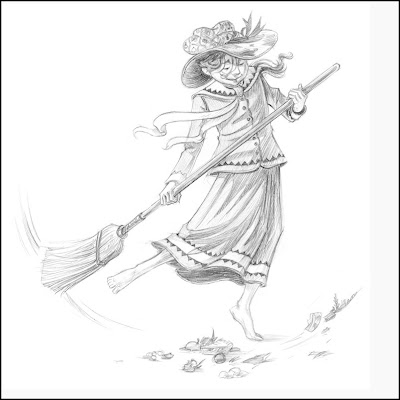
I haven't revealed the source of the true drama at the heart of this story, the drama that shakes everyone out of their old ways, because it is so clever and exciting and how the islanders deal (or don't deal) with it is also a wonderful part of the story. Interestingly enough, in the end the big problem, for me anyway, became secondary to the captivating cast of characters, the imaginative settings and Trafton's enchanting writing. I can't wait to read what Jennifer Trafton writes next!
Source: Purchased



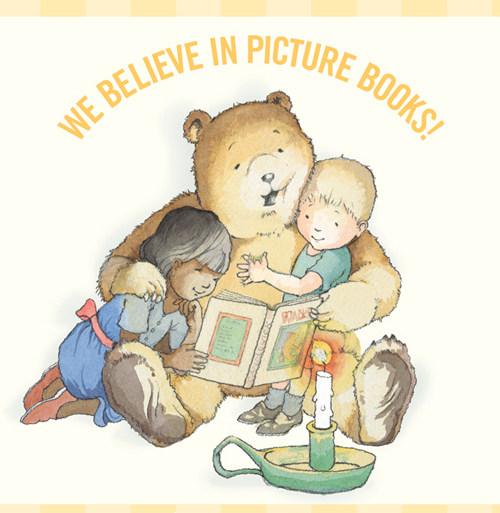








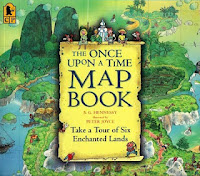



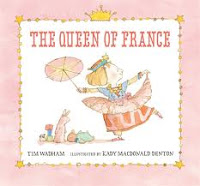
.jpg)

